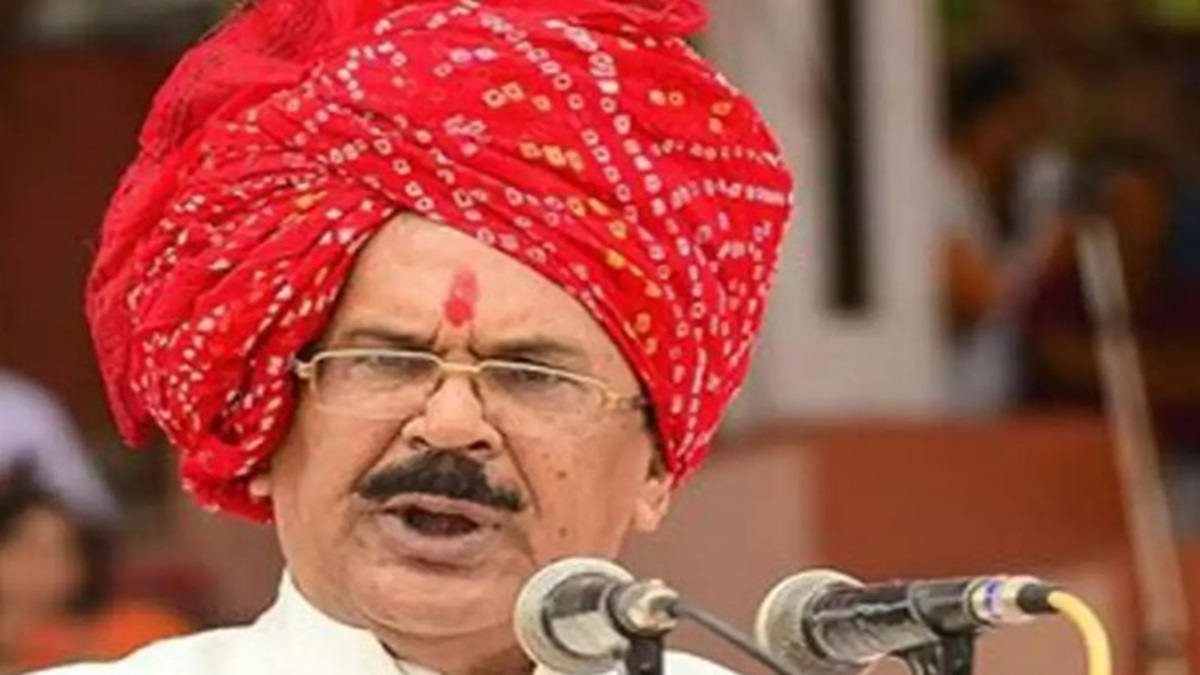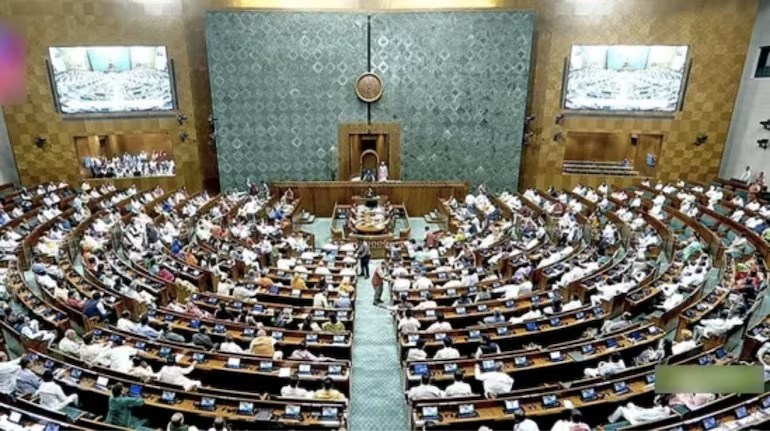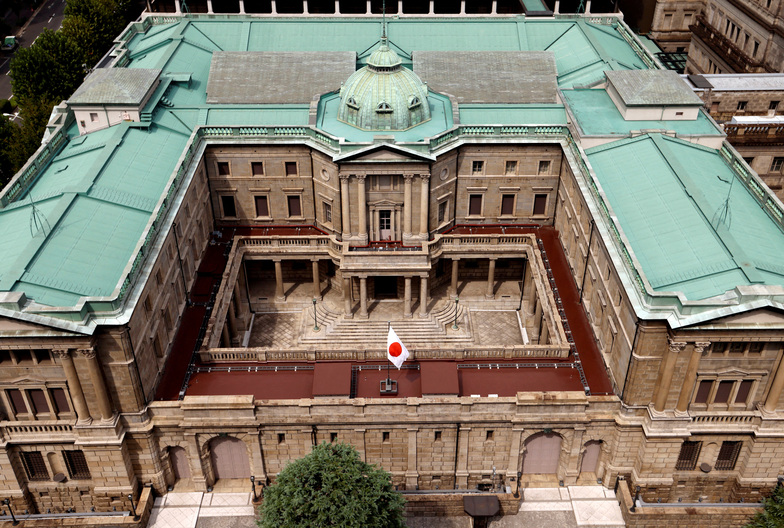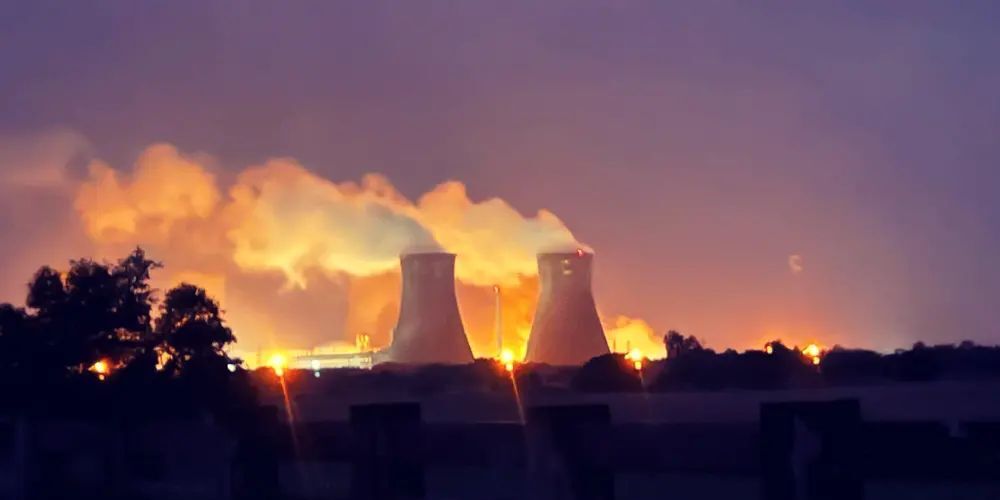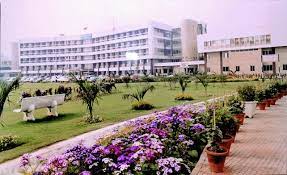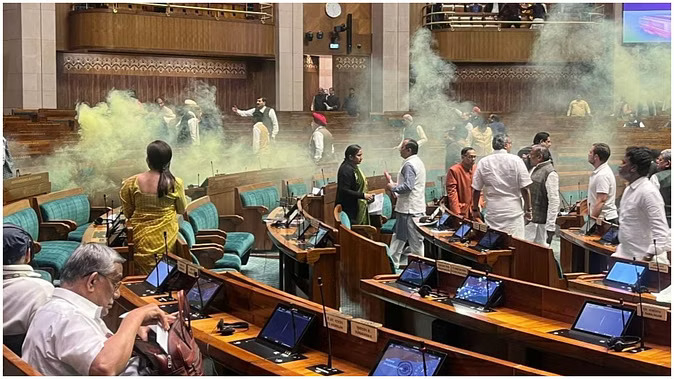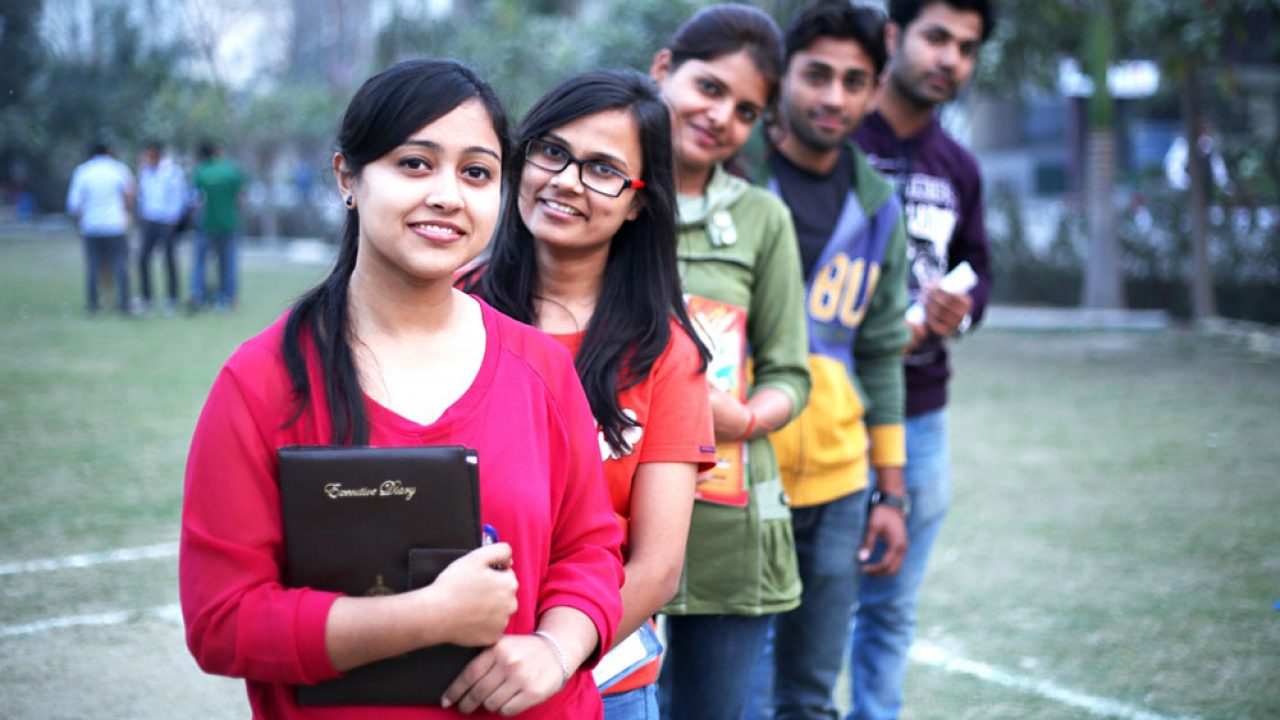Vasudev Devnani is elected unopposed as Speaker of the Rajasthan State Assembly today. Thus the Rajasthan Assembly has got a new speaker. After the election, the leaders of the opposition parties as well as BJP leaders of the House congratulated Vasudev Devnani.
CM Bhajanlal Sharma put the proposal for the election of Rajasthan Assembly Speaker in the House. Veteran Congress leader Sachin Pilot approved the proposal. Moreover, Vasundhara Raje also proposed, which was approved by MLA Rajkumar. Deputy Chief Minister Diya Kumari also proposed to elect Vasudev Devnani as Speaker, her proposal was supported by independent MLA Chandrabhan. Moreover, after this, RLP MLA Hanuman Beniwal proposed to make Vasudev Devnani the Speaker of the Assembly, which was approved by MLA Subhash Garg.
Finally, Vasudev Devnani was unanimously elected Speaker of the Rajasthan Assembly. After his election, Vasudev Devnani took charge today itself. MLAs from all parties and opposition greeted Vasudev Devnani.

Register Yourself
First-time voter registration has started for the coming Lok Sabha Election.
Leader’s reaction after Vasudev was elected as Speaker.
CM Bhajanlal Sharma congratulated Vasudev Devnani after being elected Assembly Speaker. He said the election of the Speaker of the Assembly has always been unanimous. Moreover, this has been the tradition of our Assembly. Your election will bring great joy to this Assembly.
Sachin Pilot also congratulated Vasudev Devnani on being elected Speaker of the Assembly. He said this has been the tradition of the House. When Devnani ji’s name was proposed, we all decided that Devnani ji should be made the Speaker of the Assembly unanimously.
Govind Dotasara said that we all together have elected you as the speaker. The ruling party and the opposition remain under the control of the speaker. The Speaker is always more liberal towards the opposition than the ruling party. You have a nature of getting along with everyone. My only request is that no matter how much pressure comes on you, whether it is from Delhi or anyone else, you will remain impartial. This is what the opposition expects from you.
Former Chief Minister Vasundhara Raje said I send my best wishes to you. We have been sitting together in this house for many days. An honest and dedicated public representative like you is sitting on this chair. This gives us confidence that you will take definite action. You will give all of us a chance to present our views in the House.

Brief About Vasudev Devnani
Vasudev Devnani is the MLA from Ajmer North. His political career started by joining RSS at a very young age. Later he was the Rajasthan State President of ABVP for nine years. After that, he joined the BJP. He was elected from Ajmer North in the year 2003, 2008 and 2013. Moreover, he remained as a minister of state for Technical Education during Vasundhara Raje Governance from 2003-2008. Later in the Vasundhara Raje Government between 2013 and 2018 he was minister of state for primary and secondary education. He was holding the chair with an independent charge.
He was born on 11th January 1950 in Ajmer in a family that suffered the pain of partition. Mostly Sindhi and Punjabi families migrated from Pakistan to India during the partition. He is the first Sindhi who become the speaker of the Rajasthan State Assembly.
He has a Bachelor of Engineering (B.E) Degree from MBM Engineering College which is one of the finest and oldest colleges. After that, he pursued an academic career and eventually became the Dean of Vidhya Bhawan Polytechnic College in Udaipur. He is married to Indira Devnani, a retired school teacher. The couple have one son and two daughters.

